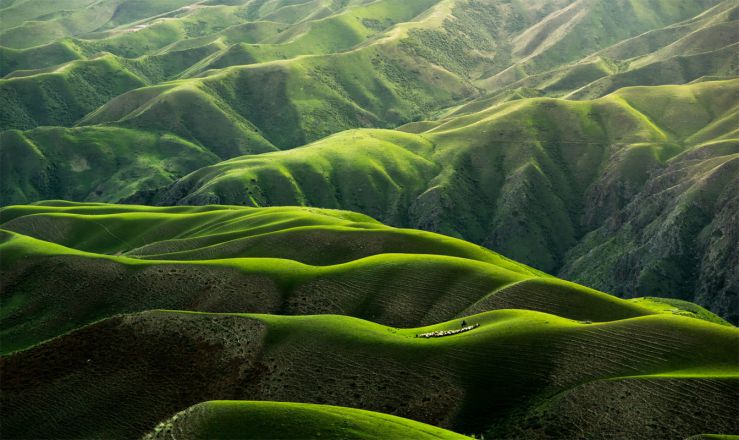The highland climate is difficult to generalize as it occurs over a large latitudinal range, though the mean annual temperature is often lower than surrounding lowland areas.1 Some areas with the highland climate receive increased precipitation, while others, occurring in the rain shadow of nearby mountains may receive far less.1 Areas with increased precipitation may have more trees and more highly weathered soils than surrounding low lying areas. Areas with decreased rainfall may have less weathered soils and fewer trees than surrounding areas. Among the most important crops, potatoes are indigenous to the Andes mountains of Chile, Ecuador, and Peru. Other countries with highland climates include China, Mongolia, The United States, Nepal, Kazakhstan, Tajikistan, Kyrgyzstan, Tibet, Uganda, Kenya, Russia, Georgia, Italy, and Switzerland, among others.2

Highland Photo by Qingbao Meng On Unsplash.com
Soil Health Challenges for Highland Climates
References
1. The Editors of the Encyclopaedia Britannica (2016) Highland Climate. https://www.britannica.com/science/highland-climate. Accessed, 9/6/2018
2. Kottek, M.; Grieser, J.; Beck, C.; Rudolf, B.; Rubel, F., World map of the Köppen-Geiger climate classification updated. Meteorologische Zeitschrift 2006, 15 (3), 259-263.
